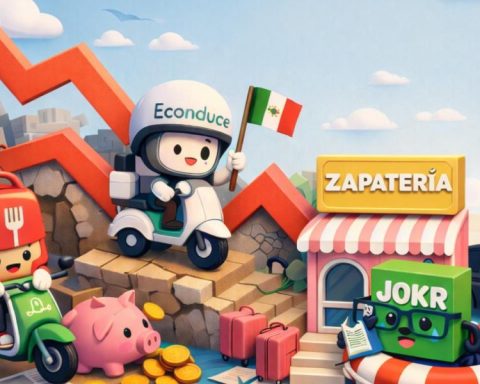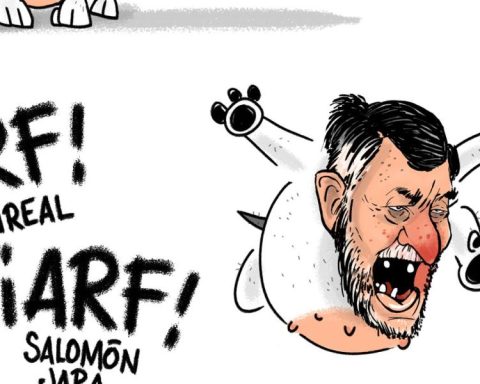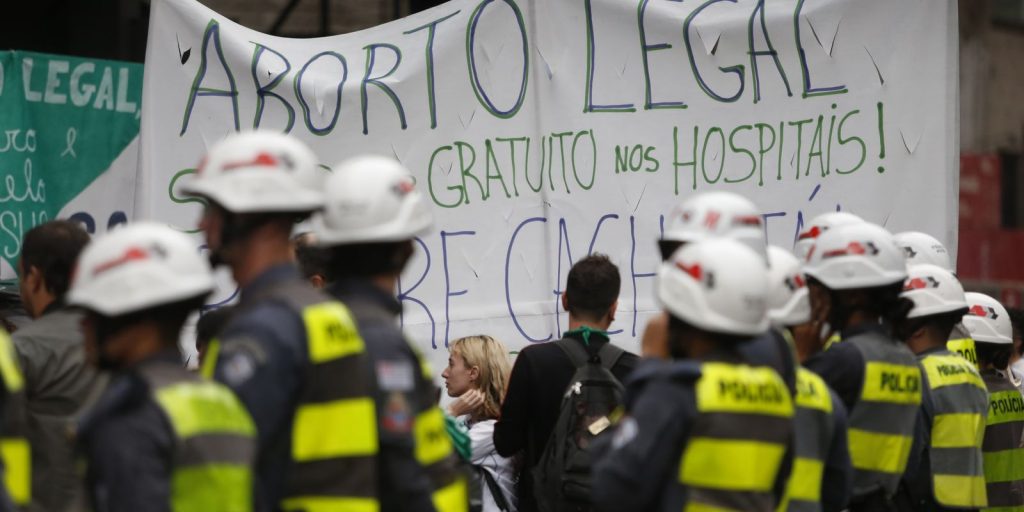Consumer spending continues to be supported by still-solid wage gains, even though the labor market has slowed considerably.
Annual revisions to national accounting data released Thursday showed stronger growth in wages and salaries in the second quarter than previously estimated. The savings rate was also higher than previously thought. Rising incomes and savings bode well for consumer spending for the remainder of the year.
There were fears that consumers would dip into their savings to finance the expense. Nervousness in the labor market, with an unemployment rate above 4%, had raised fears of preventive savings, which would undermine spending.
The Federal Reserve last week cut its benchmark overnight interest rate by 50 basis points to the 4.75%-5% range, the first reduction in credit costs since 2020, which Fed Chairman Jerome said Powell intended to demonstrate the commitment of those responsible for monetary policy to maintaining a low unemployment rate.
Growth estimates for the third quarter are around an annualized rate of 2.9%, and consumer spending is expected to match the pace of the April-June quarter. The economy expanded at a rate of 3.0% in the second quarter.
Meanwhile, the personal consumption expenditure (PCE) price index rose 0.1% in August, following an unrevised 0.2% rise in July. Economists had forecast an advance in PCE inflation of 0.1%. In the 12 months through August, the PCE price index gained 2.2%, after 2.5% in July.

















